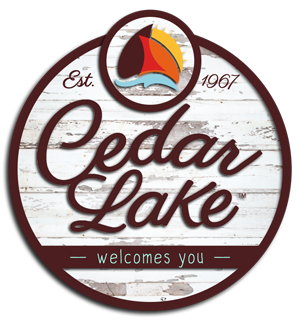General Stormwater Concepts
What is Stormwater?
Stormwater is rainwater that washes through our property and streets, taking with it any debris that may be in its path. This mixture of rain, debris, oil, and waste is known as “runoff.”
What is a Watershed?
A watershed is the area of land that drains to a common waterway, such as a stream, lake, estuary, wetland, aquifer, or even the ocean. Further information can be found at the EPA website on watersheds.
What is a Floodplain?
A floodplain is an area that can be expected to flood occasionally. It is the lowland adjacent to a ditch, river, creek, stream, or lake. With very few exceptions, almost all areas of the United States are subject to some flooding when the right set of circumstances occurs. However, the risk of flooding varies from place to place.
What is a Floodway?
A floodway includes the channel of a river or stream and an area adjacent to the channel that will carry moving water during times of flood. This is a high-hazard portion of the floodplain. The floodway is that portion of the floodplain that we see on television where the houses have been swept off their foundation. In addition to being a hazard to residents, the floodway also presents a hazard to rescue personnel.
If you want to view maps of local floodways, please consult the FEMA floodway maps.
Wetlands
Wetlands are lands where saturation with water is the dominant factor determining the nature of soil development and the types of plant and animal communities living in the soil and on its surface. Wetlands vary widely because of regional and local differences in soils, topography, climate, hydrology, water chemistry, vegetation, and other factors, including human disturbance. Indeed, wetlands are found from the tundra to the tropics and on every continent except Antarctica. Further information can be found at the EPA website on wetlands. For a map of local wetlands, please consult the National Wetland Inventory Maps.
Storm Drains & Sanitary Sewers, What’s the difference?
Sanitary sewers receive wastewater from indoor plumbing fixtures such as bathroom sinks, mop sinks, floor drains, washing machines, and toilets. The treatment process removes solids and organic materials, the water is filtered, and a disinfectant is added to destroy bacteria, viruses, and other pathogens. After treatment, the water is released into the environment.
Storm drains receive rainfall-runoff after a storm. Water that goes down a storm drain is left untreated and eventually ends up in ditches, lakes, rivers, and streams. Substances such as detergents, cleaners, and grease are harmful to aquatic ecosystems, wildlife, and human health. Storm drains are found outdoors, such as on streets, near sidewalks, and in parking lots. Think of these drains as rivers beneath your feet! So protect your storm drains by preventing any harmful materials from entering into them and reporting suspected polluters. The drainage conveyance system is currently being mapped in ArcGIS and will be available online as sections are completed.
